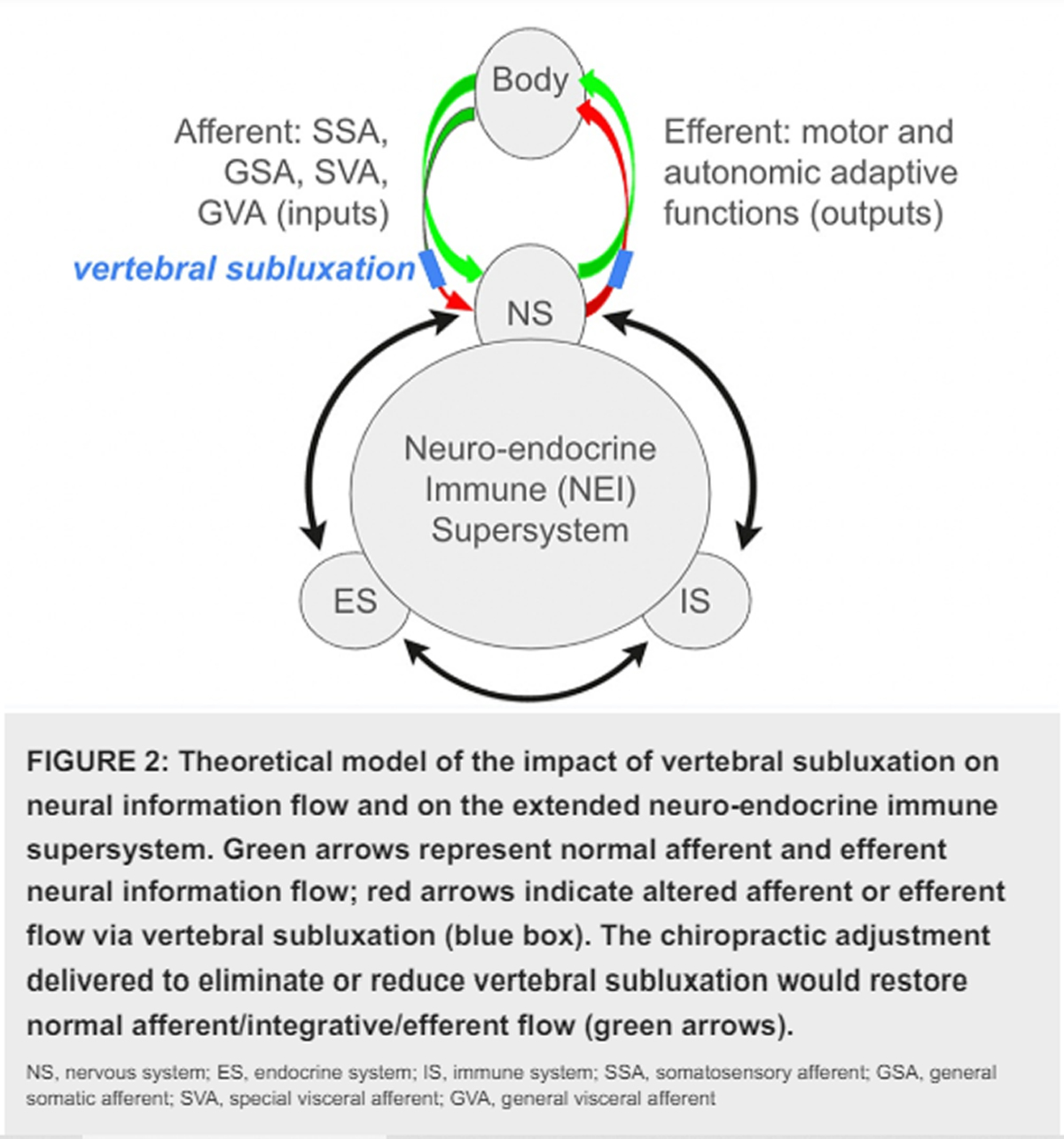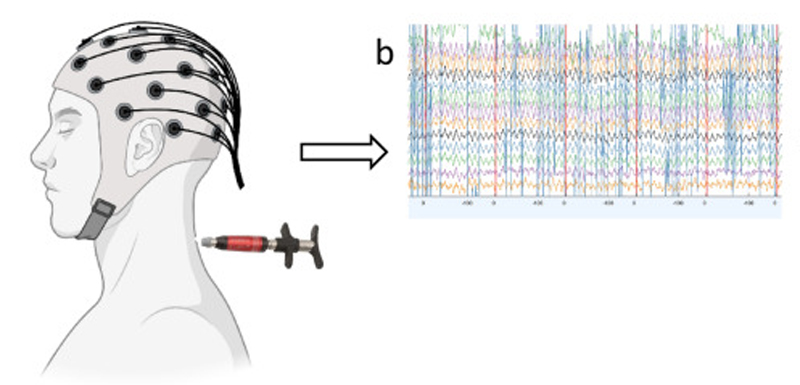The Chiropractic Vertebral Subluxation Part 1: Introduction
SOURCE: J Chiropractic Humanities 2018 (Dec); 25: 146–168
Simon A.Senzon, MA, DC
School of Health and Human Sciences,
Southern Cross University,
Lismore, New South Wales, Australia.
Objective The objective of this article is to present a rationale for the need of a history of chiropractic vertebral subluxation (CVS) theory based on primary sources.
Discussion There is a dichotomy in the chiropractic profession around subluxation terminology, which has many facets. The literature around this topic spans social, economic, cultural, and scientific questions. By developing a rationale for a historical perspective of CVS theory, including the tracking of the historical development of ideas throughout the profession, a foundation for future discourse may emerge.
There are more articles like this @ our:
Conclusions By using primary sources, ideas in chiropractic on the development of CVS theory are proposed. This introduction presents a basis for the need of a history of CVS theory and suggests how this work may be used to further philosophical dialogs in chiropractic.
Key Indexing Terms Chiropractic, History
From the FULL TEXT Article:
Introduction
Chiropractic vertebral subluxation (CVS) is a chiropractic concept that dates back at least to 1902. [1] It has been described by some authors as the central defining clinical principle of the chiropractic profession. [2, 3] In the last decade, some have suggested that the term vertebral subluxation complex, which is the latest in a long line of terminology, should no longer be retained by the profession. [4] Other groups, such as leaders from 9 European, Australian, and South African chiropractic training programs, have suggested that the term should only be used historically. [5, 6] However, others (Association of Chiropractic Colleges and the Rubicon Group, made of up 7 chiropractic colleges in the United States, United Kingdom, and New Zealand [Figure 1]) suggest that CVS is the foundation of the profession. [7, 8] To better understand these different viewpoints in the chiropractic profession, a thorough examination of primary sources from the literature is warranted. I propose that this exploration is relevant for modern clinical practice to determine if the arguments for various positions are based on a complete integration of the historical literature or only a partial or selected view.
Some suggest that CVS should be a historical term only. [5, 9] I suggest that this may be a difficult position to maintain because a majority of practitioners are content to keep the term, [10] and many chiropractors state that they address CVS in practice. [11, 12] For example, 62% of students in North America sampled in 1 study agreed that the emphasis of chiropractic practice is to eliminate CVS. [13] Several institutions support definitions of CVS. [7, 8] Some are actively researching and publishing on CVS. [3, 14–20] It is the diagnosis chiropractors in the United States use for Medicare billing, [21] and textbooks from the last decade use the term subluxation. [22–24] At least 2 consensus statements were developed in the 1990s, embracing CVS as a foundation of the profession. [7, 25]
I propose that some of the arguments against the use of CVS terminology are based on references that may contain factual errors and literature oversights. This does not mean that there are flaws in every argument, nor does it mean that all of the literature is filled with inaccuracies. However, I have noticed several instances that include historical mistakes, which may have led to distortions in the literature about the term [26–29] or, in this authors’ opinion, do not adequately represent the CVS literature. [2, 30, 31]
Therefore, a comprehensive view of the literature on this topic could provide a better understanding among groups with varying viewpoints and may open up lines of discourse while also providing potentially new areas of research and practical relevance. A historical review may also establish a common ground to be better able to analyze these discussions in the literature for and against utilizing CVS terminology. The purpose of this article is to serve as an introduction to a historical exploration of CVS theory in the chiropractic profession and to develop a rationale for the need of a comprehensive history of CVS theory based on primary sources.
Read the rest of this Full Text article now!





Leave A Comment